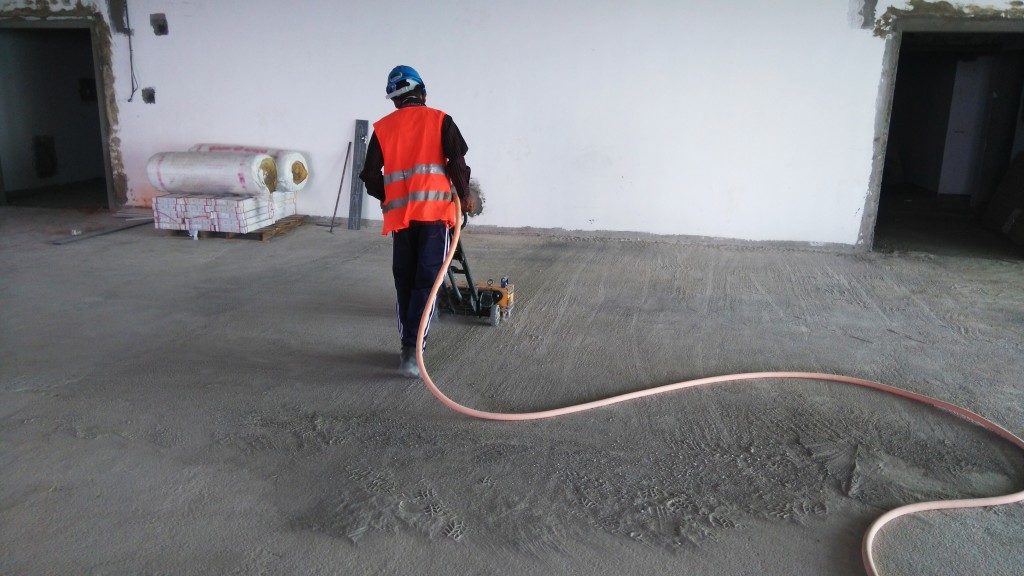One of the many benefits of concrete floors is its capability to withstand high foot traffic, so the need to repair is not that regular. Even when damage occurs, it is easy to handle, unlike in many offer commercial floor maintenance options. You have many repair options when it comes to a concrete floor, depending on the severity and deepness of the damage. Sometimes, the repair does not even require the hands of an expert, as it can be managed by a nonprofessional with simple instructions. Most of the methods involve the addition of a layer on the original concrete. We will look at some of the common ones so you can decide the most applicable one for your case.
1. Floor Crack Repair
Cracks in concrete floors can occur for various reasons including environmental changes, foundation issues and the very tendency of concrete to crack as it solidifies. Cracks are undesirable because they can allow liquid to seep in and create a haven for debris and dust. The two most common repair options are the reservoir method and the injection method. In the reservoir method, a reservoir is created around the crack and resin allowed to flow into the break. The injection method is ideal for fine cracks for prevention of water infiltration and structural weakening. The most striking component of the method is the injection flange.
2. General Concrete Floor Repair
Potholes, holes and isolated damages are better off repaired using a general technique that is also applicable for slabs. Usually, the flooring material, in this case, has undergone a lot of impact damage, wear
and erosion. The first step is to cut around the damaged area, followed by priming of the base and sides. Both epoxy resin mortars and cement-based mortars can be used, depending on the repair depth.
3. Concrete Floor Resurfacing

Compared to many commercial repair projects, concrete floor resurfacing is an easy process that is possible with resurfacing products offered in many stores. It is an ideal solution if the concrete surface is still in good shape, despite having some cosmetic flaws here and there. If you apply an effective resurfacer according to user instructions and give it curing time, you will have a commercial floor that looks new in all aspects. Resurfacing is applicable for both small and large areas. Most of the commercial floor maintenance products will give guidelines on handling these two types of repairs.
4. Full Depth Floor Repair
The commercial floor may have suffered damage to its sub-base, in which case localised repair is necessary. An in-depth repair involves some processes including saw cutting, re-compacting and drilling. Again, the procedure can be applied for both small and large areas.
5. Cold Store Floor Repair
For commercial floors for cold stores, freezers and blast chillers, this solution comes in handy. Remember that special materials will be needed such as modified cement and reinforcing mesh.
Cracks are like second nature to concrete floors, so you can only devise a response when they appear. Some cracks are not even dangerous, but repairs will still help to regain the original aesthetics. If you still have questions about commercial floor maintenance, call an expert for help.




